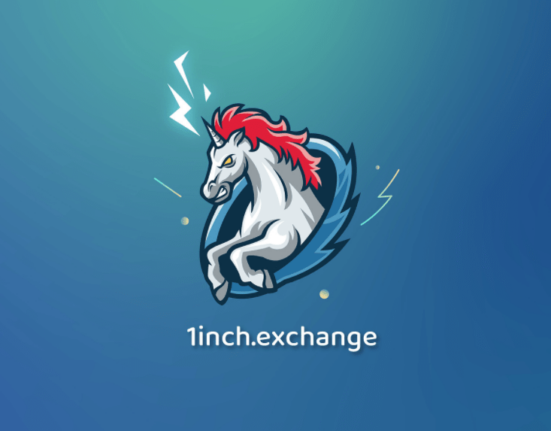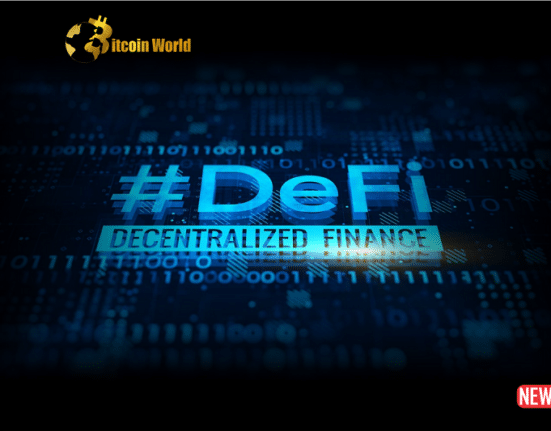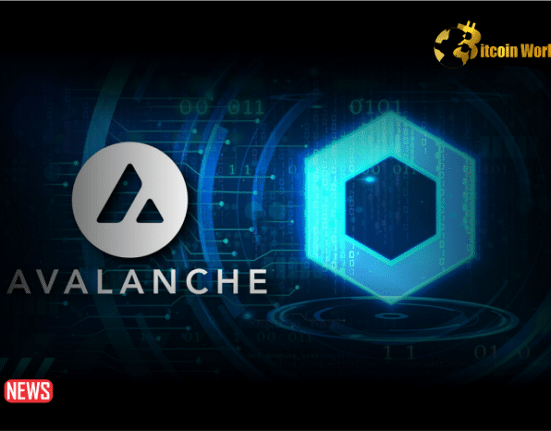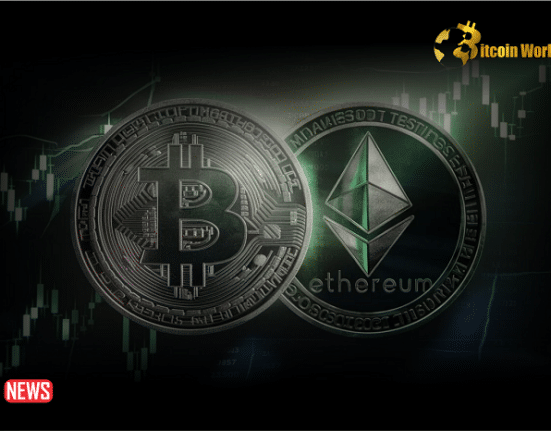According to a detailed report by Messari, the Vara Network is all set to shake things up in the world of blockchain. This report highlights how the Vara Network’s actor model is a key technical framework for leading the way in blockchain applications. One exciting feature is signless transactions, which could help more people start using the platform, especially in gaming.
The Vara Network brings in a new idea called gas reservations, called ‘vouchers,’ to make joining easier. Instead of needing to buy tokens upfront like usual, vouchers let new users jump into apps without having to get tokens first.
It’s kind of like the free parts of mobile games. Plus, the voucher system makes signless transactions possible. That means you don’t have to sign every time you do something, keeping the gaming feel while still using blockchain tech.
Key Features:
- Gas Reservations (Vouchers):
Simplify the adoption process.
Allow users to interact with apps without buying tokens first.
Mimic is the popular freemium model seen in mobile games. - Signless Transactions:
Eliminate the need for digital signatures, preserving the gaming experience.
Make transactions smoother and faster. - Experienced Team:
Led by Nikolay Volf, a veteran from Parity Technologies.
Gavin Wood, founder of Parity and creator of Polkadot, backs the project with his investment.
The Vara Network has an impressive team behind it. One of its founders is Nikolay Volf, who’s known for his work at Parity Technologies. And guess what? Gavin Wood, the founder of Parity and the creator of Polkadot, made his first personal investment in a crypto project by choosing the Vara platform.
Addressing Inflation Concerns
To tackle worries about inflation, the Vara Network does something cool. It has this thing called an ‘inflation offsetting pool’ in its token system. Here’s how it works: In the first year, tokens that validators get as rewards are burned, which helps keep inflation down. After the first year, the community will decide if the pool needs to be filled up again.
Even though there might be worries about inflation, staking rewards on the Vara Network can give you good profits. On the platform’s staking rewards page, it says you can get an Annual Percentage Yield (APY) of 14% or more.
Plus, the fact that the Vara coin is listed on Coinbase is a big deal. Coinbase is known for being picky about what coins they list, so it gives the project a lot of credibility. This helps protect regular investors from scams and price tricks.















